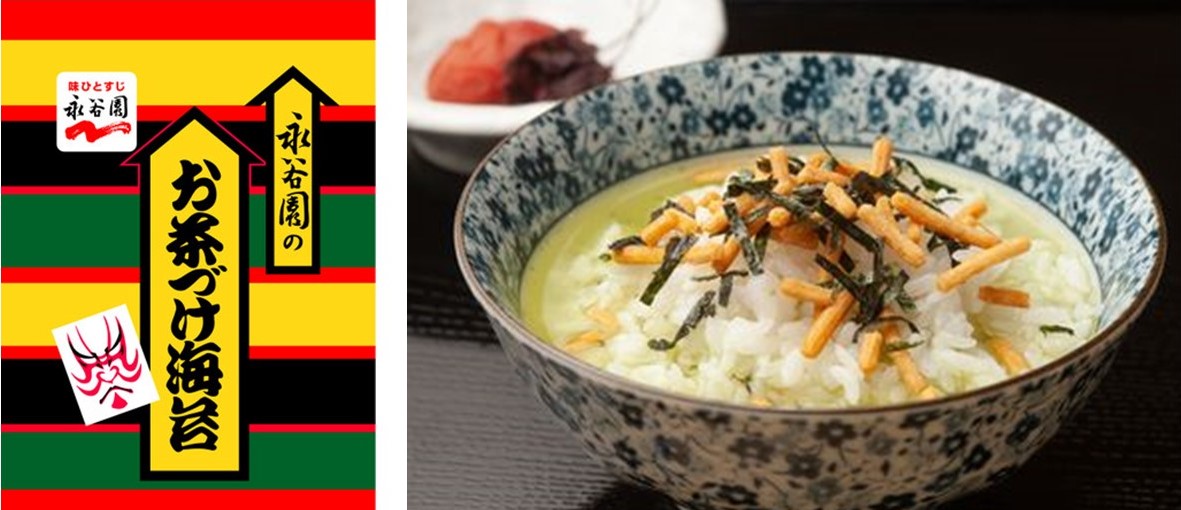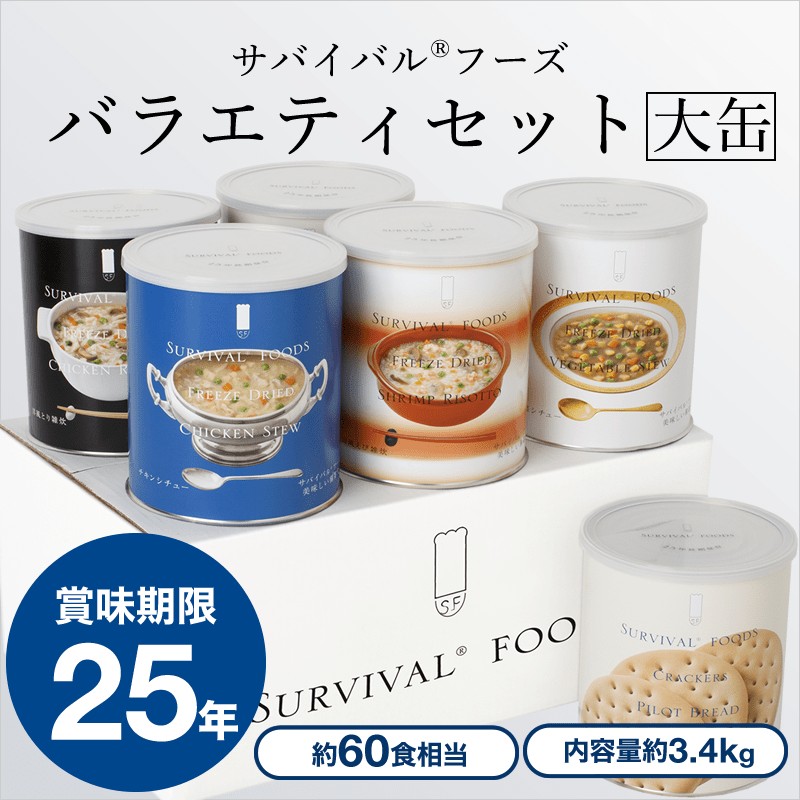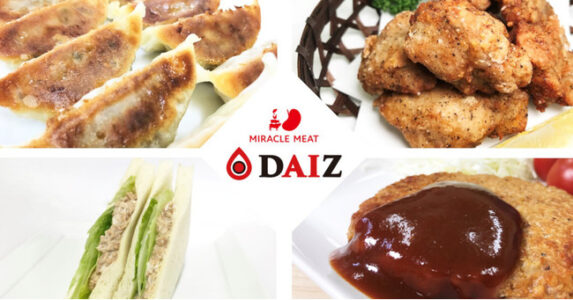Still good after 25 years! Japan’s awesome survival food
Fuji eruption, earthquakes, tsunamis, torrential rains—Japan’s natural environment has drastically changed in recent years.
More Japanese people are now preparing for these never before experienced, unfamiliar disasters.
Here is Survival®Foods, a Japanese food range for emergency use from Sei Enterprise, which can be stored for up to 25 years.
Let’s imagine that it was 25 years ago. What were you doing then? Southeast Asian countries were experiencing the Asian Financial Crisis. And in Japan, it was the year when the anime series Pokemon first aired on TV. Even to this day, you can STILL eat deliciously the food that was made then. The Japanese technology to preserve food is indeed at a formidable level!
Sei Enterprise, the company behind Survival®Foods, is a pioneer in Japan’s long-term food storage market and has been a leading force in the market for almost half a century. In June 2018, the company commissioned Nagatanien, one of Japan’s top freeze-drying*1 technology providers, to supply and market the Survival®Foods products.

Nagatanien is extremely popular in Japan as a manufacturer of “Ochazuke Nori”. You will probably not find a single Japanese person who has never heard of Nagatanien’s products. Ochazuke (or chazuke; 茶漬け) is a simple Japanese dish made by pouring green tea, dashi (Japanese stock), or hot water over cooked rice. The Ochazuke Nori is a kind of instant food, a seasoning that you sprinkle on rice when you eat ochazuke. This eating style is considered unique to Japan, something you may only see in Japan.
Nagatanien is also widely known as the largest sponsor of the Grand Sumo Tournament, providing the prize money.
The secret behind this incredible long shelf life is the advanced freeze-drying process. By removing up to 98% of the water content and sealing the product in a durable can with an oxygen absorber, they can preserve its colour, taste, aroma and texture for 25 years.
It is easy to eat. You need to add hot water to rehydrate it; No need to do any complicated preparation. Of course, you can eat it after rehydrating it in water or just in its dried form.
The main causes of food spoilage are ‘decay’ and ‘oxidation’. In past media interviews, Sei Enterprise claimed: “By using a high-tech solution to control both of these factors, we could theoretically preserve the food indefinitely”. “We only set a 25-year shelf life based on observation”.

As for the price, for example, the 60 meal-volume set called ‘Variety Set [①Crackers x 2, ②Chicken Stew x 1, ③Vegetable Stew x 1, ④Chicken Zosui*2 x 1, ⑤Shrimp Zosui x 1]’ costs JPY 44,280 (tax included; about USD 383).
General emergency food products have a shelf life of 3-5 years. Sei Enterprise says: “If you compare the total cost over 25 years, you can see this product is more economical because you don’t have to buy it frequently”.
In recent years, the risks of natural disasters and the damage they cause are increasing on a global scale. On top of this, the geopolitical risk of conflict and war continues to be a concern. Then there is the COVID-19 pandemic, raising the alarming level of problems in all global supply chains, including food.
Shortage of food supplies can happen in any country.
Unfortunately, Survival®Foods does not have halal certification. Nonetheless, these kinds of emergency foods, made with Japanese advanced food preservation technology, will surely help save many lives if they accommodate ‘food diversity’*3.
*1 Freeze-drying: a process to remove water or other frozen solvents in a material typically used to preserve perishable materials, with the goal of extending their shelf life and/or preparing them for transport. It involves freezing the material, lowering pressure, then removing the ice by sublimation.
*2 Zosui (雑炊): a mild and thin Japanese rice soup similar to a rice-based vegetable soup using pre-cooked rice.
*3 Food Diversity: it is a term often used in Japan, which means making food more accessible by accommodating various dietary, including Vegetarian, Halal and Kosher.
Related Article:
New Halal Long-life Food, ANSHIN-MAI Quick
Halal Japanese emergency food review, My first try
Easy halal emergency food in Japan #1
Easy halal emergency food #2
We have a network of Japanese companies keen to expand into the Halal market in Malaysia & Indonesia.
If you are interested in connecting with sustainable technology companies in Japan, simply JOIN the network from below. We will match the right one for you!




